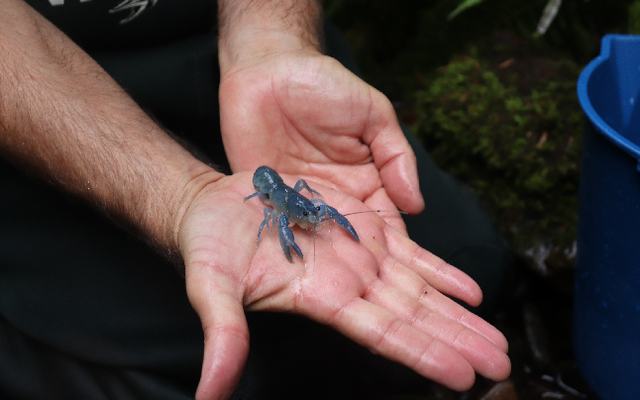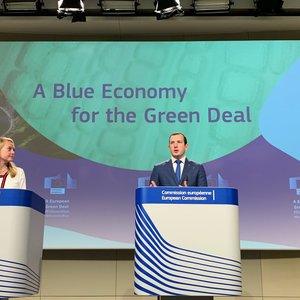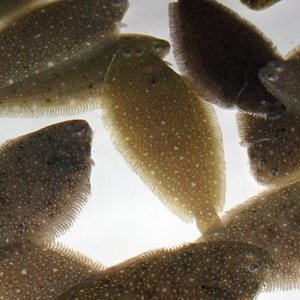At an undisclosed location in Tasmania’s northeast, almost 60 juvenile captive-reared giant freshwater crayfish were released into the wild. The crayfish were raised at one of Huon Aquaculture’s hatcheries under a program that aims to boost their numbers in the wild.
The captive-rearing program is a partnership between Huon Aquaculture and Todd Walsh, a renowned Tasmanian ecologist and conservationist. “The captive-rearing program was established to help with reintroducing the crayfish into areas where the species may have been extinct for generations,” said David Mitchell, Huon’s general manager of Aquaculture.
The release marks the first time in the world that juveniles have been hatched from egg-carrying females, reared to a size that raises their chances of survival, and released. The Tasmanian giant freshwater crayfish is the largest freshwater invertebrate and the largest freshwater crayfish species in the world and it is also vulnerable due to predation, poaching, sedimentation, and habitat loss.
“Huon became involved in the project as a way to help conserve the species, which is present in the waterways near our hatchery. Our team has been there at every step of the way alongside Todd so today’s release is the culmination of years of work and patience,” said Mitchell.
The juveniles are up to ten times larger than when they hatched and their survival rate will have increased exponentially. “This will be the first-ever reintroduction of giant freshwater crayfish juveniles back into the wild,” said Todd Walsh. “The first captive breeding program was at the University of Tasmania aquaculture center in the 1980s and this is the second such program.”
The juveniles were tagged and measured prior to their release and will be monitored by Todd over the coming years.













